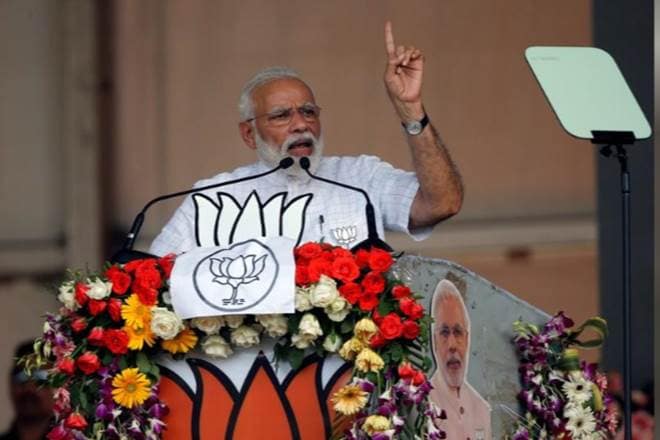Given how tortuous and time-consuming government permissions for launching TV channels is, and the fact that NaMo TV was launched after the election code of conduct was in force, it is not surprising that Opposition parties have approached the Election Commission (EC) on the issue. While EC has asked the Information & Broadcasting (I&B) ministry for details on how this was cleared, there is also some mystery over whether it is indeed a ‘channel’. News reports suggest the I&B ministry has told the EC that NaMo TV is not a licensed channel but is a direct-to-home advertisement channel; TataSky, on the other hand, is reported to have first called it a “Hindi news service” and, later, said it was “a special service available to all subscribers …the content of the service comes from BJP”. While there are several channels that are owned by political parties – like Jaya TV or Kalaignar TV – which also propagate the party line, NaMo TV’s rapid clearances and violation of the code of conduct are the issue here; a factor EC will keep in mind is the time taken to give such clearances to other channels.
Also read: NaMo TV launched to provide real-time coverage of PM Narendra Modi’s campaign
The larger question, though, is why government clearances are, at all, needed; indeed, the current dispensation ensures the government can play favourites in giving permissions to some while delaying others. The argument that other countries also have similar rules means little since it is not clear why the permissions are needed. If the idea is to ensure that, say, a Dawood Ibrahim or the ISI don’t set up a news channel in India, a simpler solution is to allow anyone to set up a channel but to ban channels when such information comes to light; in any case, given the web of front companies that are used, it is difficult to track this in the pre-clearance stage.
In a sense, issues such as clearances for setting up TV channels are representative of yesterday’s thinking. For one, with today’s technology, news websites can also have significant ‘television’ content and, with the rapid growth of mobile broadband, you don’t even need the older DTH-based distribution network anymore. More than a decade ago, when the issue of FDI in print media was being discussed, local media groups managed to convince the government that allowing this would allow foreigners to dictate the news/views agenda; so FDI in the print media was kept to a minimum and only “Indian” editors were to be allowed. In a globalised world, where all foreign newspapers are available on the internet, the restrictions make little sense, yet no government is willing to change them. A similar example of yesterday’s thinking can be seen in the Congress party’s manifesto that wants to curb monopolies in the media and ban cross-ownership; when a fledgling TV channel can give established ones a run for their money, when online platforms are revolutionizing the news media, and when it is Google and Facebook that determine what news you get first, such restrictions make little sense. NaMo TV is not the story, though the Opposition parties think it is.

